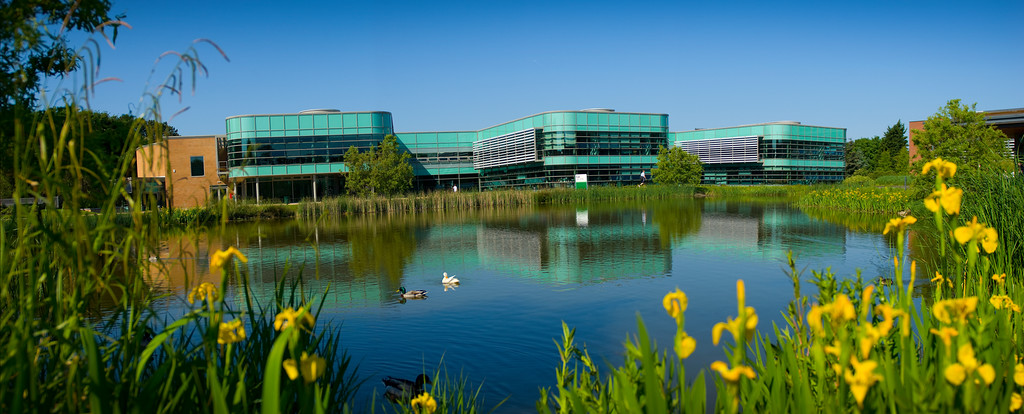Professor John Diamond (Director of the University’s I4P) suggests a pattern of responses is not just a coincidence.
Judge Judy has many memorable phrases and “you need to put on your listening ears”, is perhaps my favourite.
It’s been very noticeable over the past month or so that as I have sat and listened to policy makers, local residents, community activists and a wide range of professionals talk about the links with their local universities, a common theme has emerged: we don’t feel listened to.
This sense of distance from their neighbourhood institutions has to be something more than coincidence. The discussions have included references to at least ten universities in the UK, so it’s not something which is special to one particular place or type of university. The particular circumstances and the specific details of why people don’t feel listened to will , of course, vary but the sense that there is a gap between universities and the communities in which they are located is not in question.
The range of issues raised in these different conversations (spread over three different events and including being involved in planning an event where university/community relationships is the theme), highlights the fact that those of us who work in higher education and seek to promote and encourage strong links between our institutions and the localities within which they are sited, cannot take much for granted. So even in those places where you might expect there to be a positive story to tell, the experience is very uneven.
What might a positive story look like? It could include real and explicit partnerships between community based organisations and individuals, individual departments or courses. These could include community partners acting as ‘hosts’ for student internships or placements, being involved on programme advisory groups, jointly running workshops or professional development sessions with tutors for staff or students, and jointly bidding for research funds.
All of these (indeed any part of them) would be a sign of a healthy relationship. But whilst they are necessary they are not sufficient. It is clear that we need to do more and we need to be better at some of the following: not taking the relationships for granted, not assuming our needs and their needs are the same or even close, respecting that as benefit from community based organisations acting as ‘home’ to our prospective teachers, social workers and health workers what are the benefits for them?
We need to remember too that our timelines and reference points are not theirs, and that sustaining relationships and helping them to develop requires a lot of listening, reflecting and then suggesting.
Maybe those that work in the higher education sector need to think more carefully about what we can offer and how we might support that, before we go looking for ‘partners’ when we are not clear ourselves about how to construct such a relationship.

